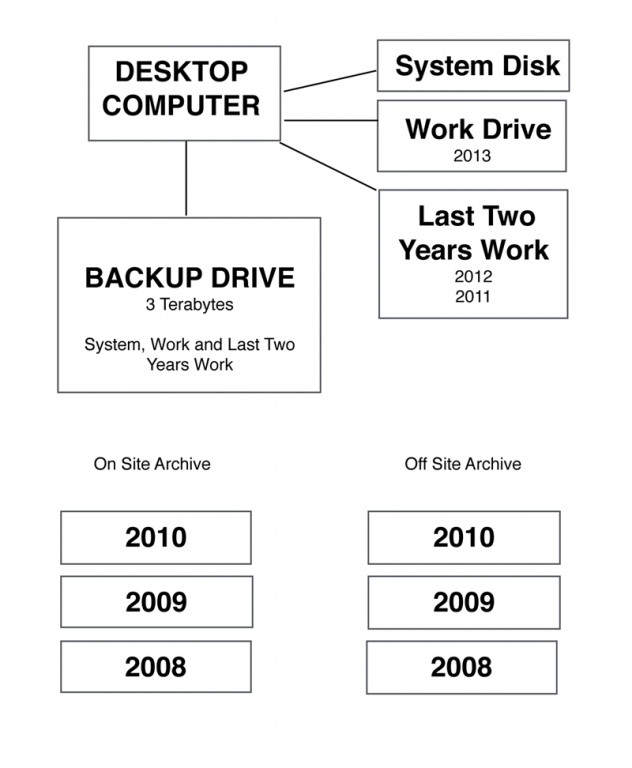



Although failures would rise in proportion to the number of drives, by configuring for redundancy, the reliability of an array could far exceed that of any large single drive. In their June 1988 paper "A Case for Redundant Arrays of Inexpensive Disks (RAID)", presented at the SIGMOD conference, they argued that the top-performing mainframe disk drives of the time could be beaten on performance by an array of the inexpensive drives that had been developed for the growing personal computer market. Gibson, and Randy Katz at the University of California, Berkeley in 1987. The term "RAID" was invented by David Patterson, Garth A. 8.3 Increasing rebuild time and failure probability.8.2 Unrecoverable read errors during rebuild.RAID levels greater than RAID 0 provide protection against unrecoverable sector read errors, as well as against failures of whole physical drives. Each scheme, or RAID level, provides a different balance among the key goals: reliability, availability, performance, and capacity. The different schemes, or data distribution layouts, are named by the word "RAID" followed by a number, for example RAID 0 or RAID 1. ĭata is distributed across the drives in one of several ways, referred to as RAID levels, depending on the required level of redundancy and performance. This was in contrast to the previous concept of highly reliable mainframe disk drives referred to as "single large expensive disk" (SLED). RAID ( / r eɪ d/ " Redundant Array of Inexpensive Disks" or " Redundant Array of Independent Disks" ) is a data storage virtualization technology that combines multiple physical disk drive components into one or more logical units for the purposes of data redundancy, performance improvement, or both. For other uses, see Raid (disambiguation). For the police unit, see RAID (French Police unit). This article is about the data storage technology.


 0 kommentar(er)
0 kommentar(er)
